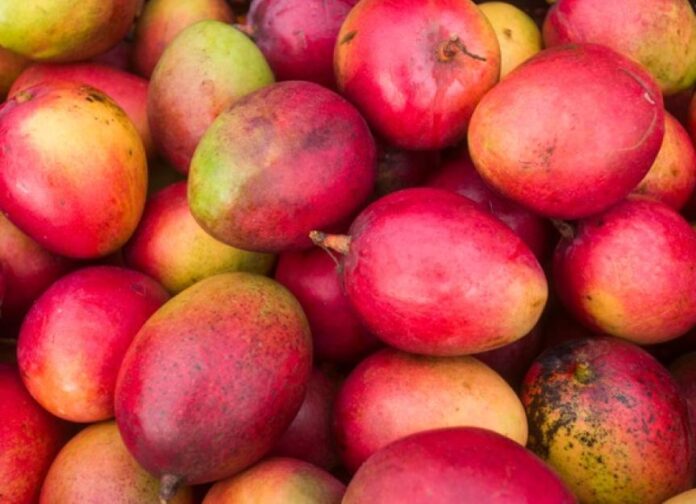Can Dogs Eat Mango? A Complete Guide
Before introducing any new foods to your dog’s diet, including mango, consult your veterinarian. Individual dietary needs can vary based on factors such as age, health history, and existing health conditions. Dogs on prescription diets should not consume foods outside their prescribed regimen.
Benefits of Mango for Dogs
Mango is not only a delicious fruit but also a nutritious snack for most dogs, provided they do not have diabetes. This tropical fruit is rich in vitamins and minerals, making it a healthy treat when given in moderation. Here are some key nutrients found in mango:
- Vitamin A
- Vitamin B6
- Vitamin C
- Vitamin E
- Potassium
Despite their numerous health benefits, it’s essential to feed mango to dogs in small portions to prevent excessive sugar intake.
Potential Risks of Feeding Mango to Dogs
While mangoes are not toxic to dogs, they do have a high carbohydrate and sugar content. Over time, a sugar-rich diet can lead to health issues such as obesity, diabetes, and digestive problems.
If your dog has pre-existing conditions such as obesity or diabetes, it’s best to avoid mangoes altogether. Always consult your veterinarian for personalized dietary advice.
Although some individuals may be allergic to mangoes, there are no documented cases of mango allergies in dogs. The allergy in humans is often linked to urushiol, a compound found in the mango skin, which is also present in poison ivy and poison oak.
Can Dogs Eat Dried Mango?
Homemade dried mango can be a safe treat for dogs when offered in moderation. However, it’s important to avoid commercially available dried mango, which often contains additional preservatives and high sugar levels.
Are Mango Seeds Safe for Dogs?
Mangoes have a large, flat seed that can pose a choking hazard or lead to intestinal blockages. Always remove the seed before offering mango to your dog.
How Much Mango Can a Dog Have?
When giving mango as a special treat, moderation is key. Healthy treats should comprise no more than 10% of your dog’s overall diet, with the remaining 90% coming from a balanced dog food. Here are recommended portion sizes based on your dog’s weight:
- Extra-small dogs (2-20 lbs.): 1-2 pieces of mango (½-inch wide by ¼-inch thick)
- Small dogs (21-30 lbs.): 2-3 pieces of mango (1-inch wide by ¼-inch thick)
- Medium dogs (31-50 lbs.): 5-6 pieces of mango (1-inch wide by ¼-inch thick)
- Large dogs (51-90 lbs.): A handful of mango pieces (1-inch wide by ¼-inch thick)
- Extra-large dogs (91+ lbs.): A large handful of mango pieces (1-inch wide by ¼-inch thick)
In case your dog consumes too much mango, monitor for any signs of an upset stomach, such as:
- Decreased appetite
- Fatigue
- Acting down or uncomfortable
- Excessive licking or gulping
Seek immediate veterinary attention if your dog displays severe symptoms, including:
- Vomiting
- Excessive diarrhea
- Blood in vomit or stool
- Weakness
- Collapse
How to Safely Feed Mango to Your Dog
To safely feed your dog mango, follow these steps:
- Thoroughly wash the mango.
- Peel the skin and remove the pit.
- Cut the flesh into small, manageable 1-inch cubes.
Here are several ways to offer mango to your pup:
- Raw: Serve small cubes of raw mango directly.
- Mashed: Mash the mango and mix it with your dog’s food or use it as a filling for a KONG toy.
- Frozen: Freeze cubes for a refreshing treat.
- Smoothie: Blend mango with other dog-safe fruits and add some sugar-free yogurt for a delicious smoothie or topping.
By incorporating mango wisely into your dog’s diet, you can provide a tasty and nutritious treat while ensuring their overall health and well-being.
Featured image: iStock.com/Luis Echeverri Urrea











